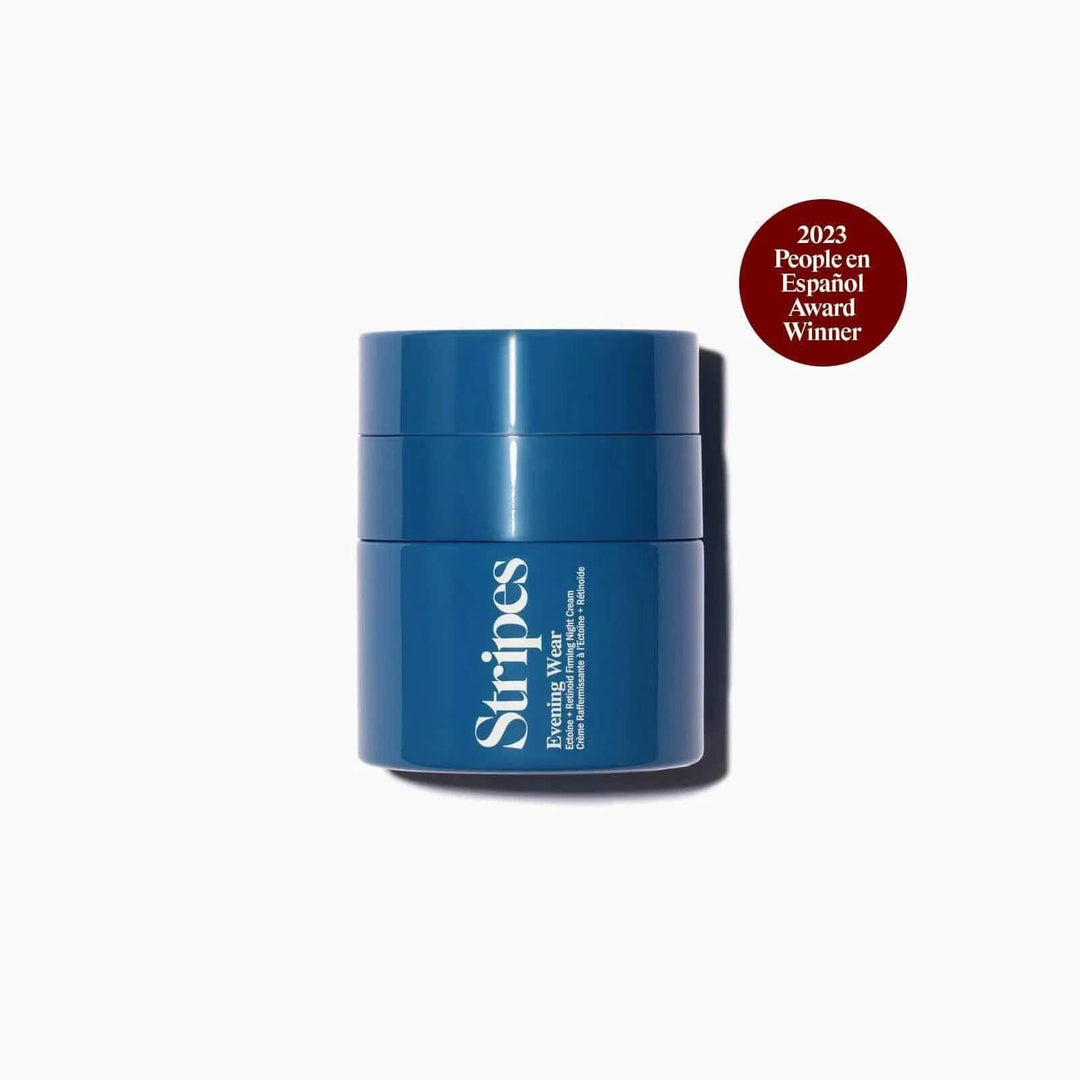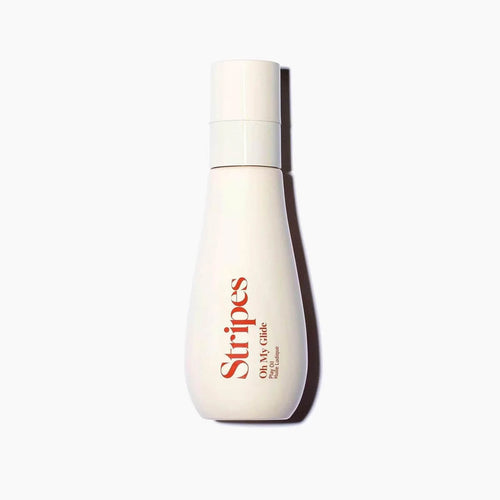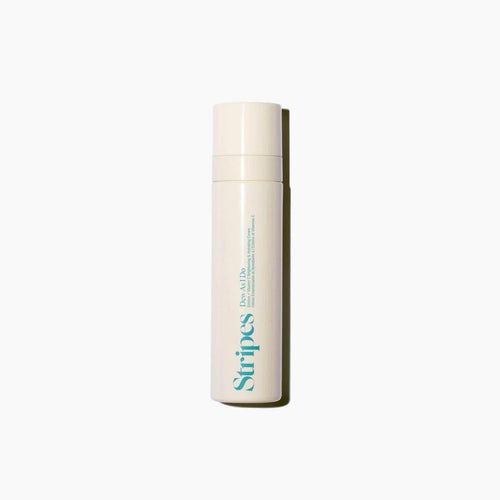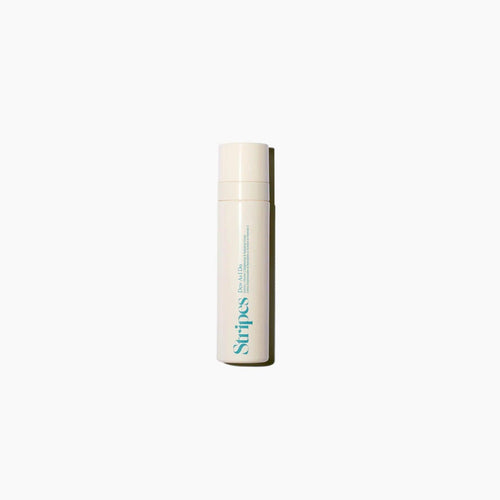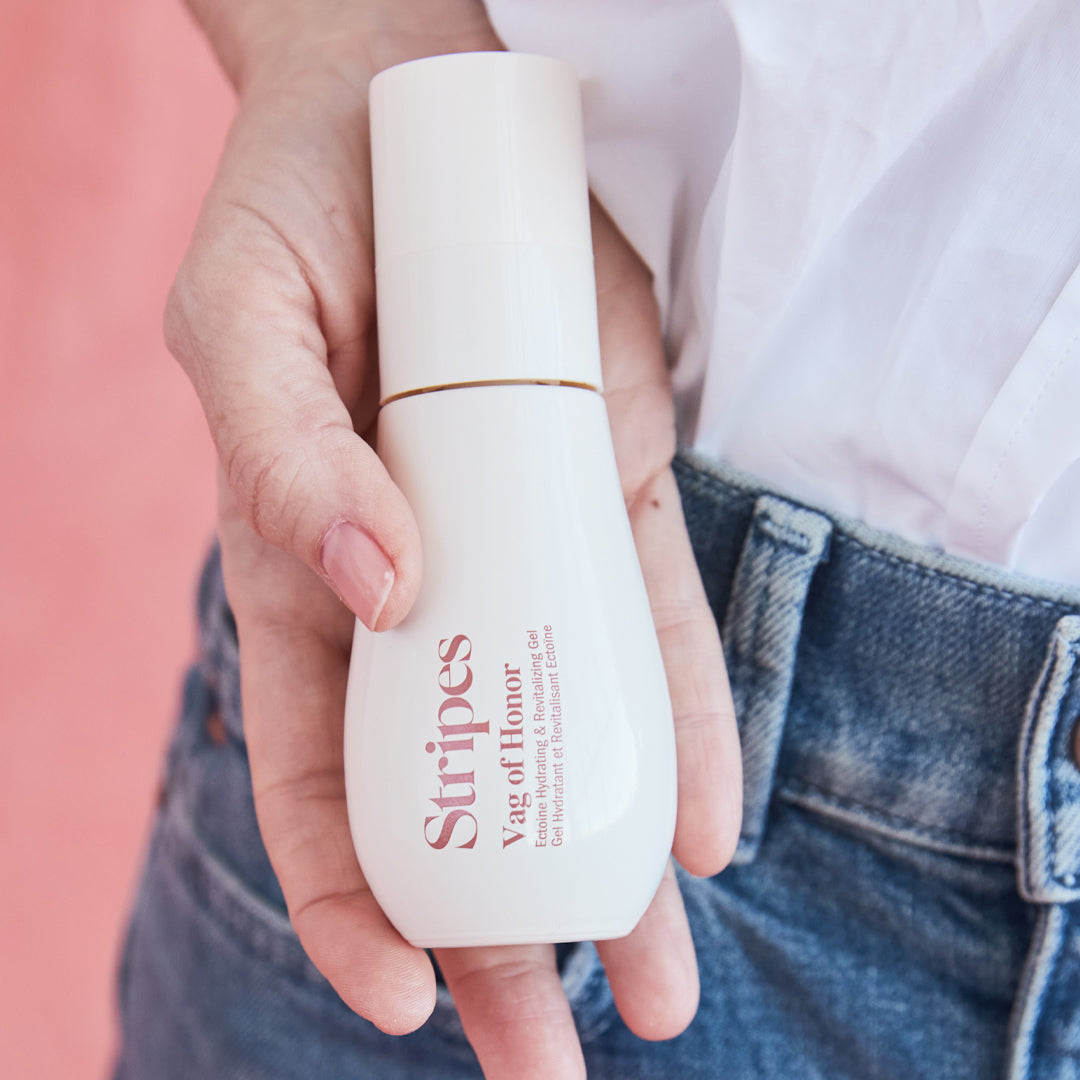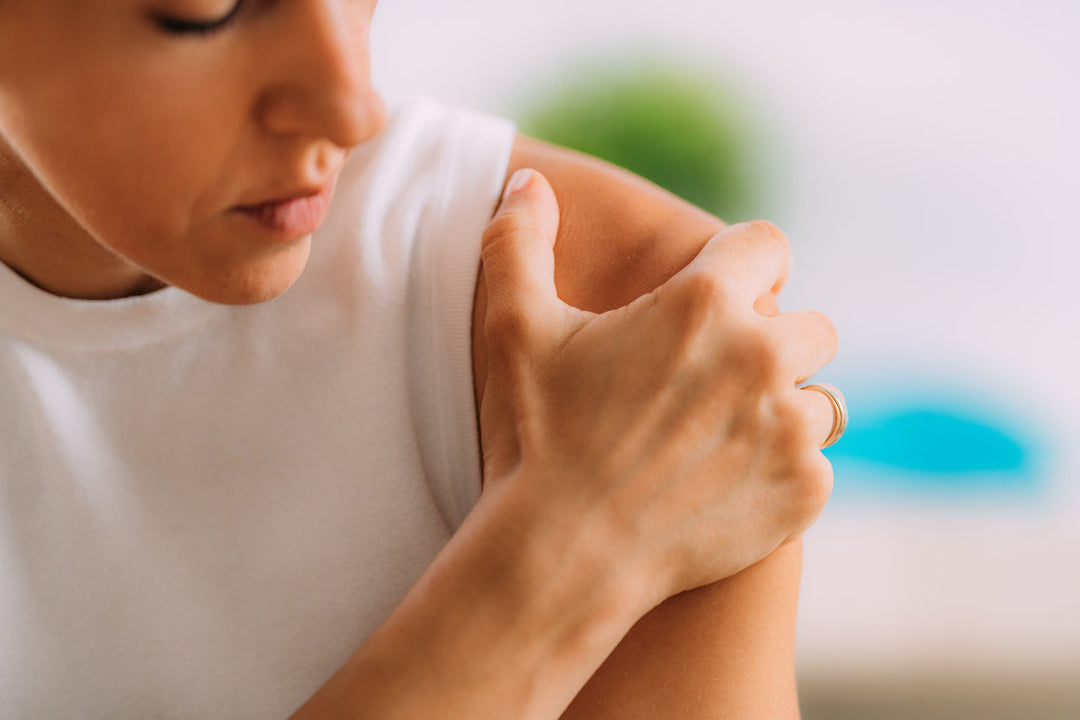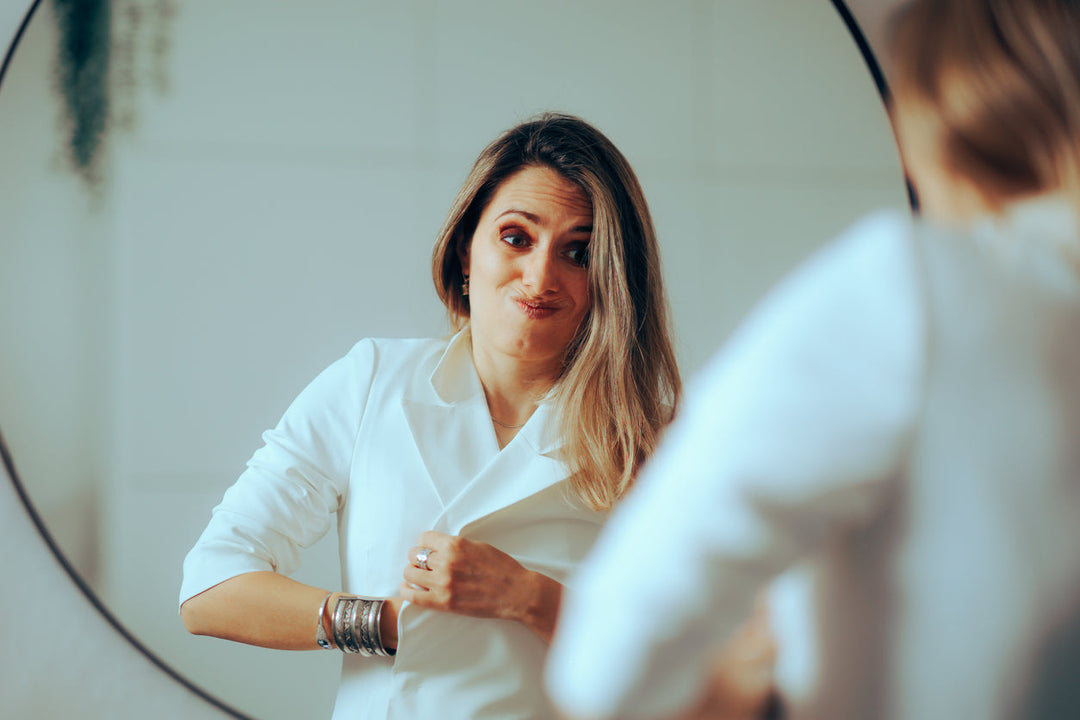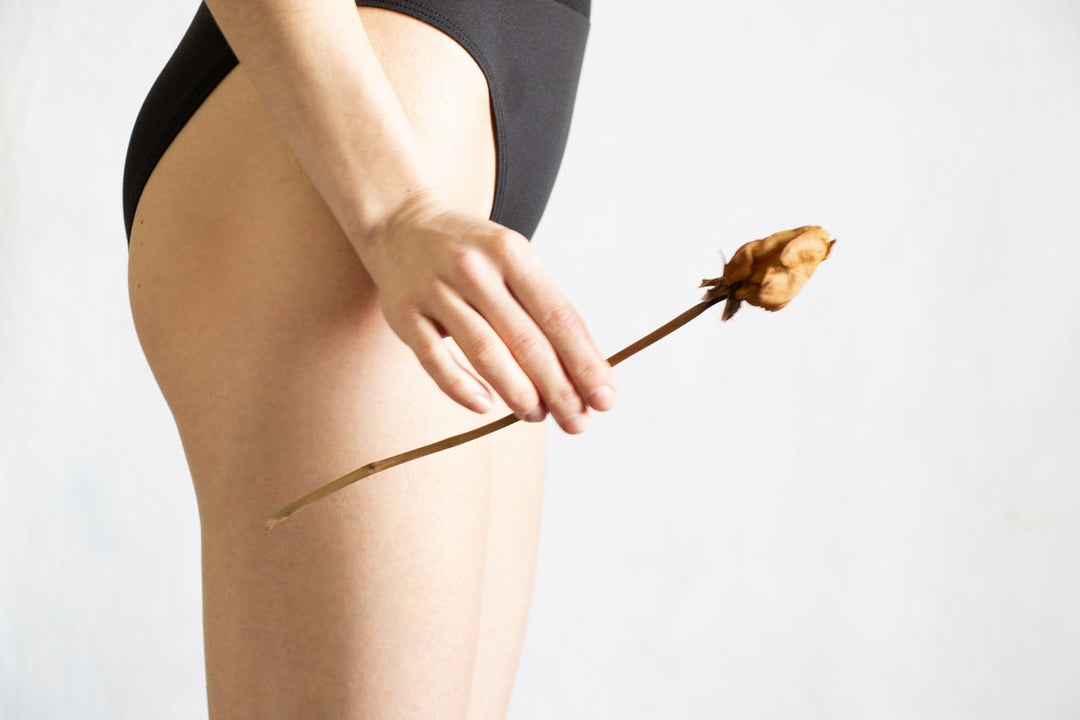Moisture 101: What is Ectoine? What is Hyaluronic Acid?
Ectoine vs squalane vs hyaluronic acid: Is it just us, or does it seem like we need to be an expert in chemistry (or magic) in order to decipher the ingredients in our skincare products?
A lot of skincare promises to make us feel a certain way: younger, dewier, like we’re walking around with an Instagram filter on our face. But what do these ingredients even do? Which ingredient is supposed to “lift,” and which is supposed to “plump”?
Shopping for skincare or a moisturizer that addresses your particular concern — whether it’s dryness, redness, or dark circles — and understanding the difference between ectoine, squalane, and hyaluronic acid should be simple. Here are the basics about what goes into your skincare — and how to pick what’s right for you.
Squalane vs. hyaluronic acid
Squalane is an oil and hyaluronic acid is a water-loving molecule (basically the opposite of an oil. And they both work to moisturize the skin in different ways.
So what is hyaluronic acid?
Hyaluronic acid is a humectant (a substance that attracts water), meaning it draws moisture from the environment and delivers it to the skin. In addition to reducing inflammation and the appearance of fine lines, hyaluronic acid also helps reinforce the skin’s natural protective barrier. It’s generally well tolerated by most skin types and is excellent at providing moisture to the skin year-round.
Hyaluronic acid can also be beneficial to our vaginal microbiome. It can increase the abundance of beneficial bacteria, such as lactobacillus, and reduce the abundance of harmful bacteria, such as Gardnerella, keeping bacterial vaginosis and other vaginal infections at bay.
In short: Hyaluronic acid is a fantastic skincare ingredient for helping dry skin look dewier and feel and look more hydrated.
What is Squalane?
Squalane is a naturally occurring oil found in the skin of certain animals and plants. It’s used in cosmetics and skincare products as a moisturizer and an emollient due to its ability to deeply penetrate the skin and provide hydration.
It is extremely lightweight and has a nongreasy texture, making it suitable for all skin types. Squalane is an effective hydrator when it comes to locking in moisture. It also helps protect the skin from environmental damage and is noncomedogenic, meaning it won’t clog pores. Squalane can also help reduce the appearance of wrinkles and fine lines, making it a popular choice for anti-aging products.
There are differences between Squalane and squalene. While Squalane is vegan (it’s sourced from plants or sugarcane), squalene is found naturally in certain types of fish and other animals, making it non-vegan.
In short: Squalane is a great naturally occurring moisturizer that works for nearly all skin types and all ages for added hydration, sealing it in all day.
What is Ectoine?
Ectoine is a natural amino acid produced by certain types of bacteria. It is a natural moisturizer that’s been used in various skincare and beauty products to help improve skin hydration, reduce signs of aging, and protect skin from environmental stresses. Ectoine maintains the optimum water balance in skin, increasing its hydration while effectively preventing transepidermal water loss (or TEWL) for an extended period, and functioning as a superior moisturizer with long-term efficacy. Ectoine is also known to have anti-inflammatory properties.
Think of Ectoine as a bouncer at the hottest club in the world. It protects the skin from UV and other environmental damage and fights off inflammation. At the same time, its job is to flood water into the parts of cells that need it most, helping with dryness, texture, scaliness, and crepiness, leaving skin soft and smooth.
Ectoine is a natural protection molecule found in microorganisms living under extreme conditions that vary from the ocean floor and toxic hot springs to permafrost climates and high-altitude deserts. Known as extremophiles, these microorganisms have an amazing binding capacity with water molecules that allows them to form a protective hydration shield around proteins through a process called “preferential exclusion” or “preferential hydration.” Pssst, you can find Ectoine in many Stripes products.
What is glycerin?
Glycerin is also a humectant, meaning it draws moisture from the air and hydrates the skin. It is also a gentle emollient, meaning it softens and soothes the skin by creating a barrier that seals in moisture. Glycerin can protect skin from irritants, reduce inflammation and flaking, and even help heal wounds. It is often used in moisturizers, cleansers, masks, and other skincare products to help keep skin hydrated and healthy.
Vegan skincare products use a plant-sourced form of glycerin. Other skincare products may use a non-vegan form of glycerin that’s sourced from animal fats or fish.
In short: Glycerin is an excellent skincare ingredient that not only moisturizes but seals in your other moisturizing ingredients.
Can you use all these ingredients together?
Yes! Each ingredient is fantastic on its own, and when used together they can provide even more impactful benefits. Humectants are great at hydrating the skin, while Ectoine directs the moisture to where it is needed most. The patent-pending combination of Ectoine and squalane supports skin barrier function to keep skin hydrated for an all-day benefit.
Ectoine provides soothing and calming benefits, and can work synergistically with exfoliating ingredients like retinoids to prevent peeling, redness, and discomfort. So when used together, you get the best of both worlds: efficacious retinoids as well as hydrated and soothed skin.
Retinoids can disrupt the skin barrier function, however, so it’s important that you use intensely moisturizing ingredients like squalane, Ectoine, and humectants to keep your skin hydrated.
Listen to your skin
Our skin changes in midlife and the redness, sensitivity, changes in texture, dryness, and line fines can get us down, especially when we’re constantly bombarded with images of filtered faces on social media.
But there are solid, dermatologist-approved, science-backed ingredients that can help your skin look its best and give you the confidence to get out there and take on the world (with glamour and style).

